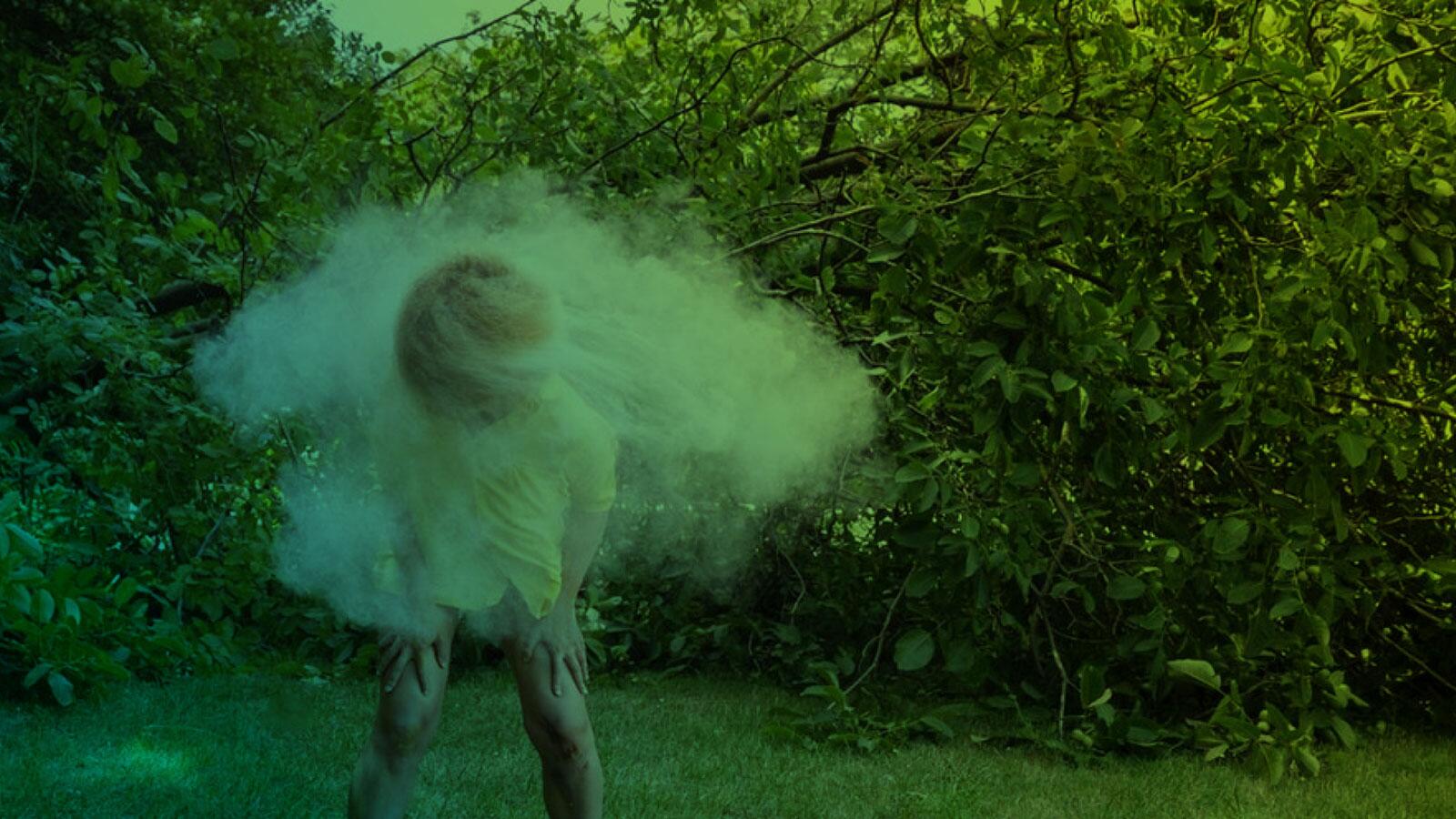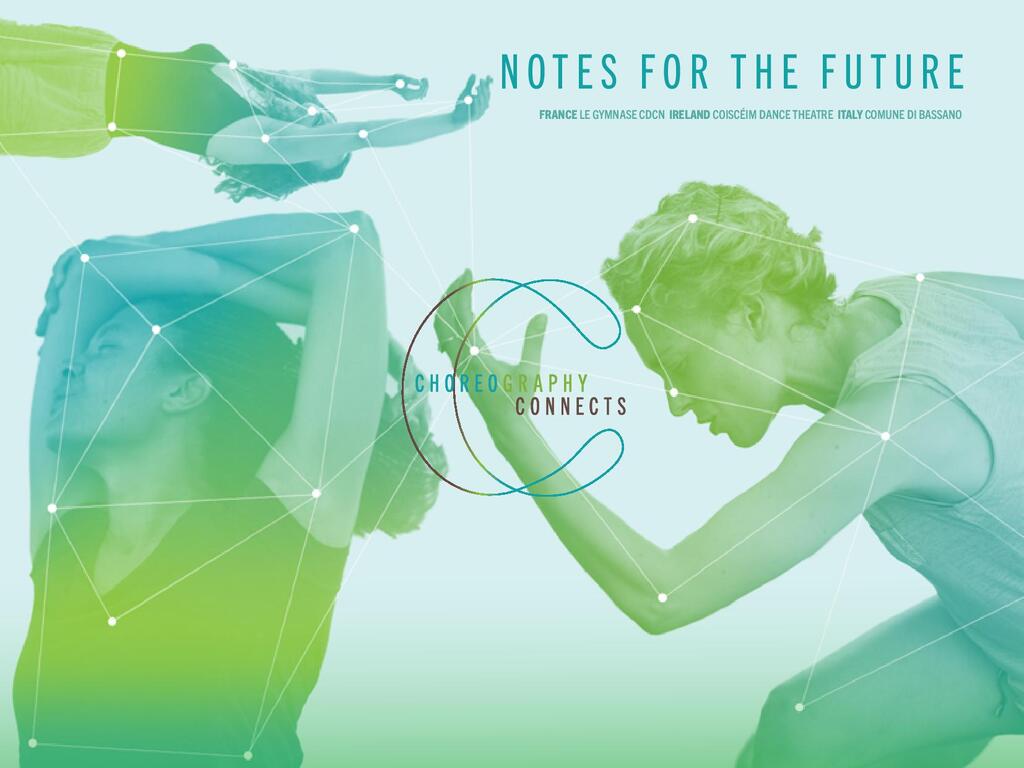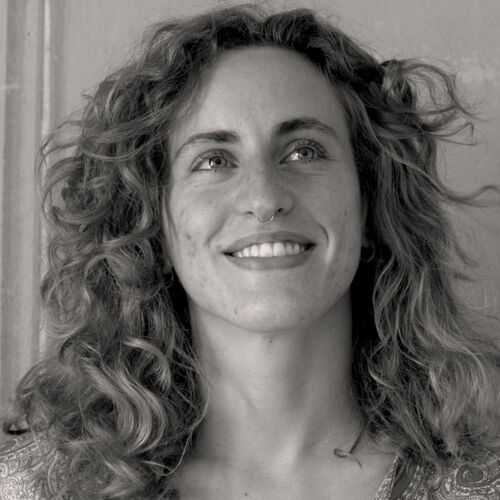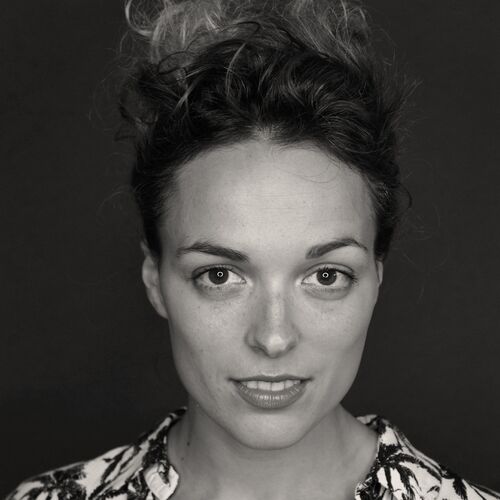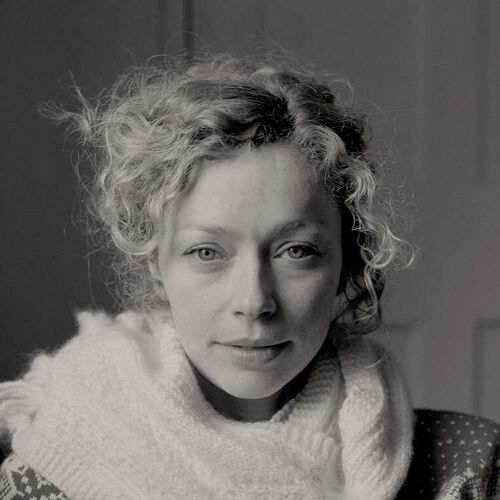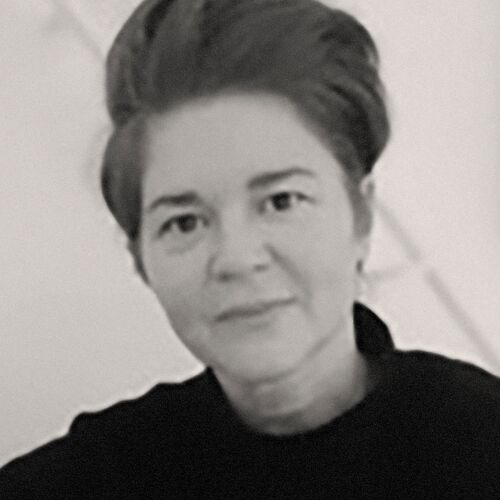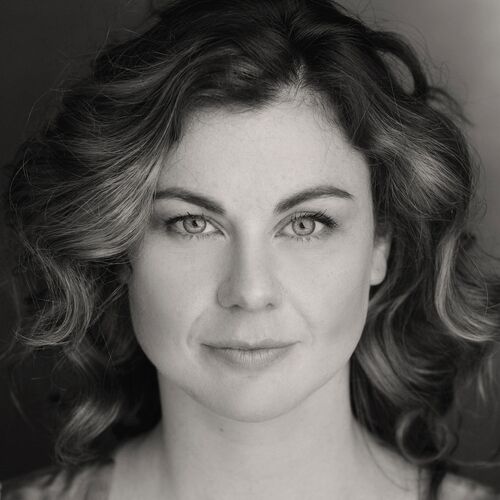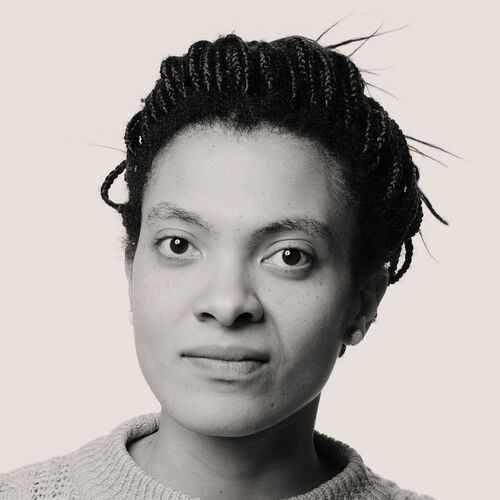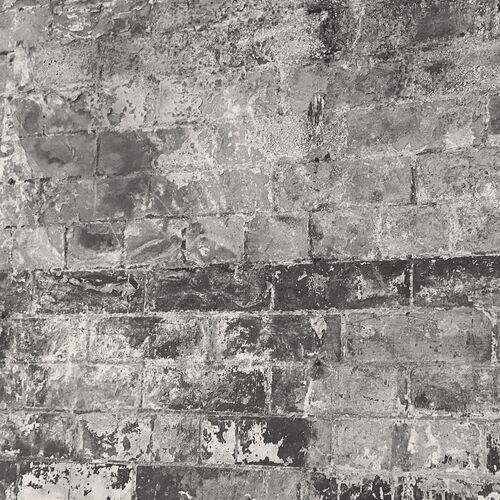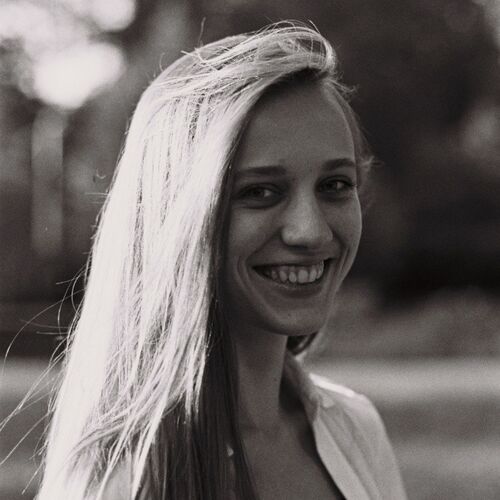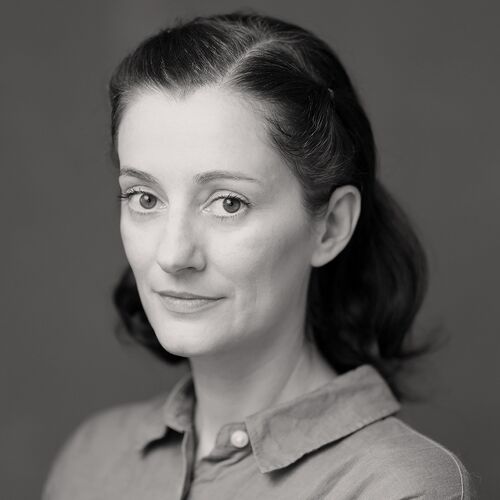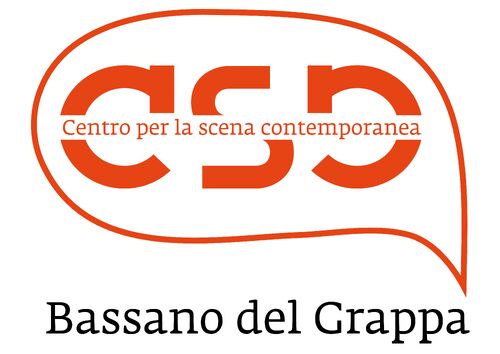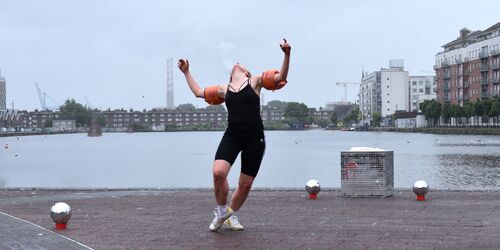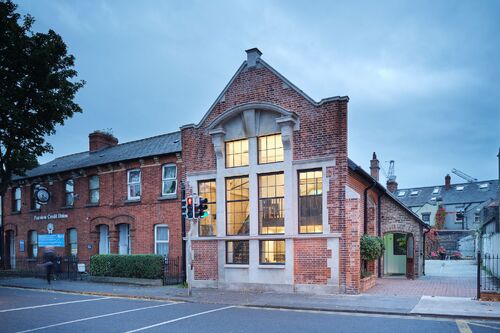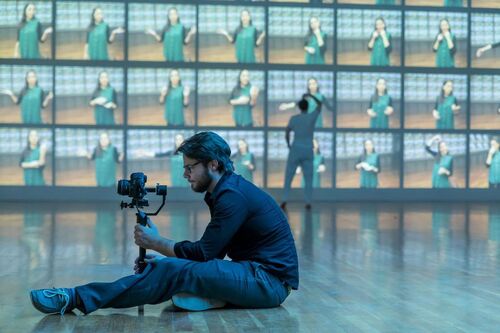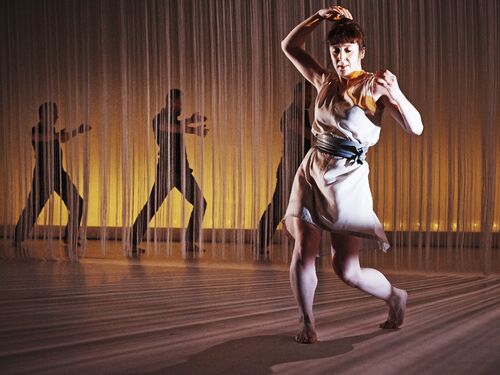Choreography Connects
Running over two years, CHOREOGRAPHY CONNECTS was a ground-breaking artist-led, residency initiative that united CoisCéim with two European dance trailblazers – CSC/OperaEstate (Comune di Bassano, Italy) and Le Gymnase CDCN (France). It brought together six distinctive, socially engaged dance artists: Vittoria Caneva (Italy), Marion Carriau (France), Justine Cooper (Ireland), Chiara Frigo (Italy), Aoife McAtamney (Ireland) and Betty Tchomanga (France) and one of Europe's leading dramaturgs, Monica Gillette. It was primarily funded by the Arts Council of Ireland through two IRIS Awards.
Across cultures and throughout history, dance builds connection – to oneself, to others, and to one’s environment. This was the foundation stone for CHOREOGRAPHY CONNECTS – an ambitious experiment designed to give time, space and imagination to engineer pioneering new pathways for sustainable environments – ecologically, socially and professionally – to rethink the very notion of “care” – and rewrite the source code of how we work.
The project began with a series of tasks to address the strategic alliance between three key themes: choreography, nature and care. It was then deliberately set free to evolve organically – driven by the desires and needs of the artists involved, under the expert accompaniment of dramaturg Monica Gillette – to facilitate candid horizontal dialogues, and to imagine, interrogate and share tools for artistic practice to flourish.
Critical to the success of this project was its innovative design that enabled 36 different physical points of connection between project artists, bound together by a safe online space that focussed purely on creative conversation. This was achieved through 12 in-person residencies (four in each location), 30+ connected digital conversations, and three annual summer gatherings in Bassano, Italy, that brought together primary project principals. Each residency connected visiting artists with their local counterparts and was deeply rooted in place through encounters with artistic peers, cultural organisations and their networks, and with the public as participants, witnesses and visitors.
DOCUMENTATION
Over the course of CHOREOGRAPHY CONNECTS, the artists shared visual notes and written reflections of their varied residency experiences. The project was also comprehensively documented by photographers, Anna Kushnirenko and Sara Lando. In addition, dramaturg Monica Gillette was commissioned to write an essay that looked firmly forward – capturing the essence of the project and learnings for the future – resulting in the publication below.
Events & Residencies
All Artists
Gatherings
Bassano del Grappa
23 July 2022 - 21 July 2024
French Artist
Betty Tchomanga
Dublin & Bassano
22 July 2022 - 21 July 2024
French Artist
Marion Carriau
Dublin & Bassano
22 July 2022 - 21 July 2024
Irish Artist
Aoife McAtamney
Bassano & Roubaix
22 July 2022 - 21 July 2024
Irish Artist
Justine Cooper
Bassano & Roubaix
22 July 2022 - 21 July 2024
Italian Artist
Chiara Frigo
Roubaix & Dublin
22 July 2022 - 21 July 2024
Italian Artist
Vittoria Caneva
Dublin & Roubaix
22 July 2022 - 21 July 2024
